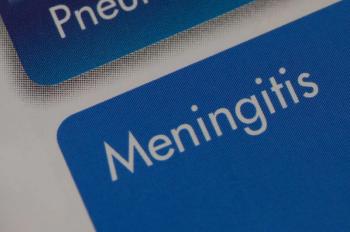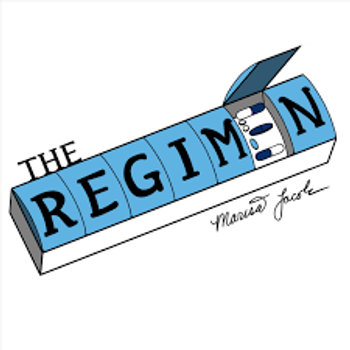
Opioid overdose deaths soaring in NYC
Drug overdose deaths in New York City increased by 41% from 2010 to 2013, with more than three quarters of the deaths involving an opioid, according to a report from the city’s Department of Health and Mental Hygiene.
Drug overdose deaths in New York City increased by 41% from 2010 to 2013, with more than three quarters of the deaths involving an opioid, according to a report from the city’s Department of Health and Mental Hygiene.
The rate of overdose deaths in New York City jumped from 8.2 per 100,000 residents in 2010 to 11.6 per 100,000 residents in 2013, according to the
During those four years, there was an average of one fatal opioid overdose a day in New York City. Heroin overdose deaths more than doubled during that period, from 3.1 per 100,000 New Yorkers in 2010 to 6.2 per 100,000 New Yorkers in 2013.
In Staten Island, opioid analgesic-involved overdose deaths declined 32% between 2011 and 2013. Health department officials attribute the decrease to targeted programs.
“After seeing a troubling increase in opioid overdose deaths in Staten Island, the Department took an aggressive approach to save lives. Over the last two years, the Health Department educated both healthcare providers and residents on the risks of these highly addictive drugs, and worked with community groups, syringe access programs, and first responders to increase overdose reversals with naloxone,” said Dr. Mary Bassett, NYC’s Health Commissioner. “Though we have seen progress in Staten Island, there is still much more work to be done.”
To prevent and reduce overdose deaths, the Health Department funds 14 syringe access programs, counseling and education on reducing risk from drug use, and overdose prevention services. It also distributes naloxone to programs throughout the city. Since 2010, naloxone access has succeeded in the reversal of more than 400 overdoses in New York City.
Newsletter
Pharmacy practice is always changing. Stay ahead of the curve with the Drug Topics newsletter and get the latest drug information, industry trends, and patient care tips.






































































































































